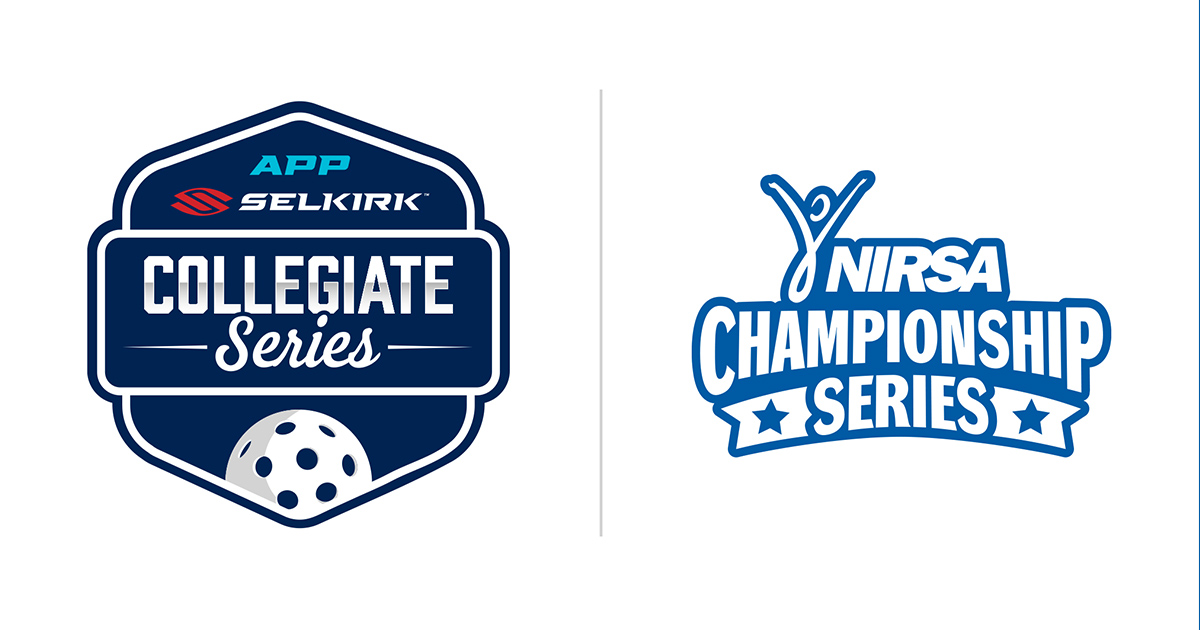By Ian McGregor, McGregor & Associates
The dreaded words “Code red in the weight room” spat out from the front desk’s walkie-talkie. The student supervisor reacted immediately by calling 911—“code red” signifies a serious medical emergency. Reading from a pre-prepared script taped to the desk, the student told the operator the facility’s address and the exact location where the fire department or ambulance should come. She then went to meet the emergency responders, and led them to the weight room.
Meanwhile, in the weight room, the student supervisor was applying CPR to the male client who had collapsed of an apparent heart attack. They would later learn that the client was dead before he hit the floor. The fire department arrived first and took over the scene.
Protocol dictated that for serious incidents or accidents, the director is called. Arriving at the scene an hour later, the director could see no visible signs of the emergency having occurred. Everything had been taken care of. Attention was now focused on caring for the staff most directly involved in dealing with the incident—in particular, staff from the weight room and the front desk supervisors.
The client’s wallet was found, and the authorities were attempting to contact his next of kin. It turns out that the address on the driver’s license was wrong—he had recently moved—so his wife could not be immediately located. In fact, after the director left, the front desk was contacted by the client’s wife who explained that her husband had left to work out earlier that day but had not returned. Did they have any information?
When the staff member who took the call informed the director of this next day, he was flabbergasted—and instantly wondered how he would have dealt with the call. So he asked her that exact question. She responded by saying, “I was quite aware that the gentleman was dead, but I said to his wife ‘Please give me your phone number. I’ll look into this and get back to you.” Wow, how’s that for a response from a 19-year-old student?
So what’s the point of this story? The situation described above was in fact a worst-case-scenario emergency since it happened on a Sunday afternoon when only student staff were working. A familiar situation on many campuses across North America.
The facility’s emergency procedures had worked perfect because student staff were properly trained in emergency procedures, conducting CPR, communicating effectively internally and externally, follow-up protocols, and completing accident report forms.
What did they do right? Pretty much everything. They followed industry-wide best practices for emergency response.
Do you know what the best practices in emergency response are? Do you want to find out? If the answer is yes, consider investing in SportRisk’s new Best Practices Risk Assessment Tool, which can also show you how your school is doing relative to others across the country!
Here’s what Chico State Director of Recreational Sports Kimberly Scott had to say about the tool:
“In July of 2015, California State University, Chico had the opportunity to participate in Sport Risk’s new Best Practices Risk Management Review conducted by McGregor & Associates. Ian McGregor is clearly one of the most knowledgeable and experienced leaders in risk management practices and our institution was excited to be one of the first universities to use this new evaluation process.
While evaluating our programs, we found his work to be innovative, comprehensive, and easy to use throughout all aspects of our various recreation programs. Because of his outstanding work we are using the recommendations as a catalyst for program improvement. Being able to contrast our practices with other NIRSA institutions is invaluable in bringing our programs to a higher standard of excellence. Without hesitation, I would recommend this process to any collegiate recreation program who is interested in current, state-of-the-art, risk management practices. You will find McGregor & Associates to be professional and cost effective in helping you meet your administrative responsibilities.”
McGregor & Associates have been in the campus recreation risk management business for over 20 years. They have a proven track record and are widely known and recognized across North America as the go-to company for risk management help. That’s why NIRSA decided to partner with McGregor & Associates in this important best practices initiative. So go to the SportRisk website now to learn more and to register.
For more information, visit the SportRisk website or contact President of McGregor & Associates Ian McGregor.







